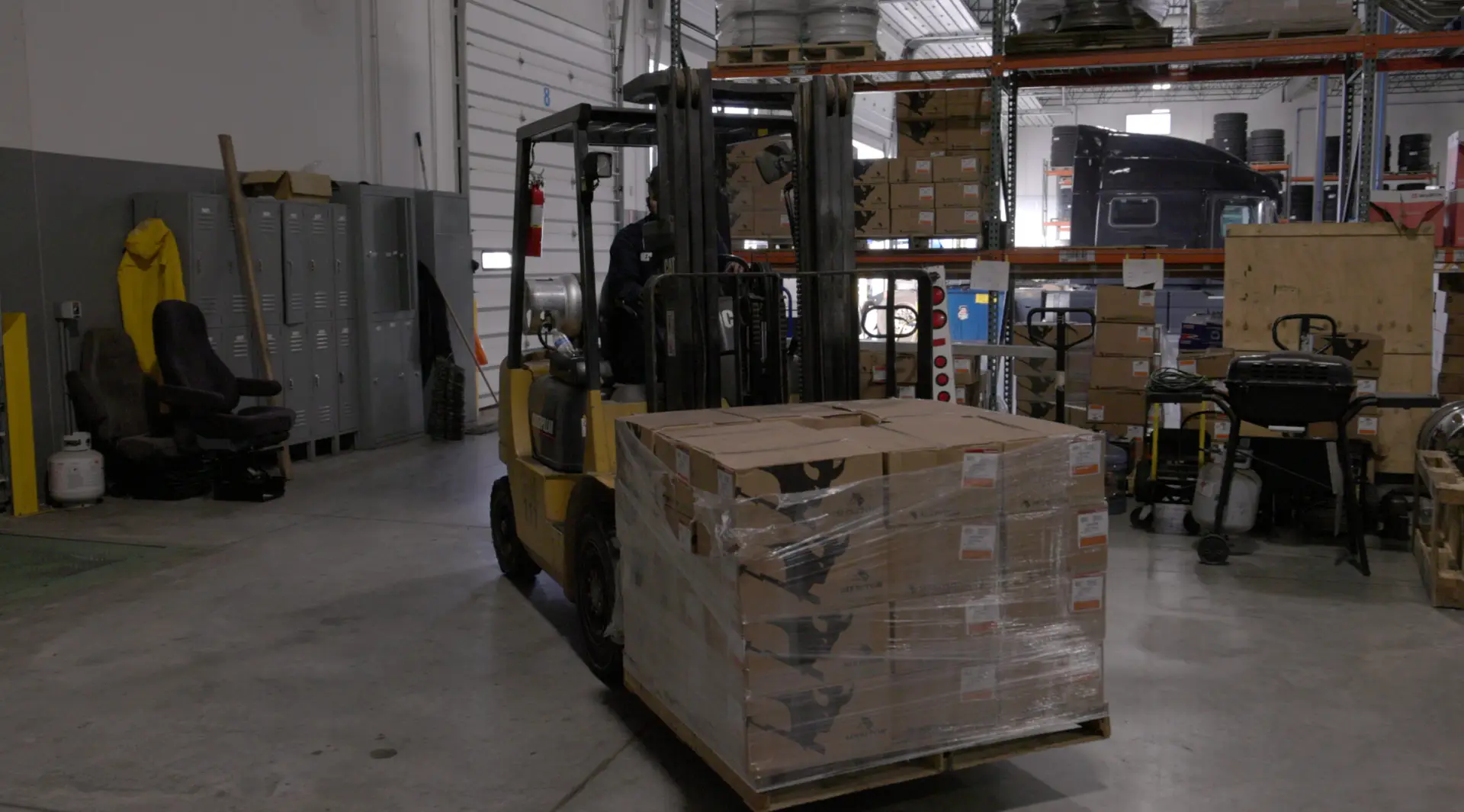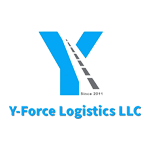
Deciphering The Supply Chain Management Process
How To Understand The Process Of Supply Chain Management
Discover the best supply chain management solutions with us. We redefine supply chain optimization to propel your business to a new height with a dedication to innovation and client-centricity. Y-Force Logistics LLC understands that in modern times, seamless operations, cost efficiency, and customer satisfaction are important. We invite you to explore our comprehensive suite of services that meets your unique needs as your strategic partner.
Visit us today to learn about us and how we can work together to improve your supply chain strategy. Contact us today at (800) 707-6575 or request a free quote to begin your journey towards supply chain excellence.
Understanding The Supply Chain Management Process
Learn about the complex activities that make supply chain operations work. Understand about planning, sourcing, production, distribution, and more to maximize efficiency and reduce costs.
• Definition Of Supply Chain Management
Management of supply chains coordinates production, procurement, and distribution of goods and services. It involves managing materials, information, and finances from suppliers to consumers. Management of supply chains seeks to maximize efficiency, lower costs, and satisfy customers. Suppliers, manufacturers, distributors, and logistics partners must plan, collaborate, and coordinate. Businesses can gain a competitive edge and sustain growth by using effective supply chain management.
• Importance Of Effective Supply Chain Management
Effective supply chain management is essential for today’s competitive business environment. Organizations can streamline operations, cut costs, and improve customer satisfaction. Businesses can improve efficiency, reduce lead times, and respond quickly to market demands by optimizing supply chains. Effective supply chain control reduces disruption risks like supply shortages and transportation delays, ensuring business continuity. It also promotes supply chain partner collaboration and integration, improving communication and coordination.
Mapping The Supply Chain Management Process Flow
Develop a systematic supply chain map from planning to delivery. Understand how each step affects the flow to streamline operations and improve performance.
• Planning And Forecasting
Planning and forecasting are critical stages in supply chain management. Planning entails preparing for future demand by analyzing historical data and industry trends. Forecasting, on the other hand, predicts future demand using available data. These processes assist businesses in anticipating customer needs, optimizing inventory levels, and allocating resources accordingly. Organizations that plan and forecast effectively can reduce stockouts, and excess inventory, and improve overall operational efficiency.
• Sourcing And Procurement
Sourcing and procurement are essential for efficiently obtaining materials and services. Sourcing involves selecting suppliers and negotiating contracts, whereas procurement is in charge of the purchasing process. Effective sourcing and procurement reduce costs while maintaining quality across the supply chain.

• Production And Manufacturing
Making things, or production, is an important part of the supply chain because it turns raw materials into finished goods. For on-time delivery and happy customers, efficiency and quality control are musts. Productivity and competitiveness go up when production processes are optimized.
• Warehousing And Inventory Management
Managing inventory and warehousing are important parts of keeping goods in storage and under control in the supply chain. Warehouses are places to store things, and inventory management keeps track of and arranges stock levels. Effective methods make sure that orders are filled on time and costs are kept as low as possible, which improves the overall efficiency of operations.
How To Manage Supply Chain Management
Master the complex issues of managing your supply chain. Learn how to improve operations, reduce risks, and maximize efficiency throughout the supply chain.
• Collaboration And Integration
Collaboration and integration make the supply chain more efficient by making it easier for everyone involved to talk to each other and work together. Businesses share information with suppliers and distributors and work together to reach the same goals. By combining systems and processes, integration makes operations run more smoothly and improves visibility and efficiency across the supply chain.
• Technology Integration
Adding new tools and systems through technology integration changes the way the supply chain works in a big way. It means using technologies like artificial intelligence, data analytics, and automation to make things run more smoothly and help people make better decisions. Businesses can improve visibility, streamline processes, and respond quickly to changing market needs by adding technology to different parts of the supply chain.
• Sustainability Practices
Environmental responsibility and reducing negative effects on society are encouraged by sustainability practices in the supply chain. These practices include cutting down on carbon emissions, minimizing waste, and buying materials that are made ethically. Businesses can improve their image, cut costs, and help the environment and society by using sustainable practices.
• Continuous Improvement
The performance of the supply chain keeps getting better because of continuous improvement. It involves methodically finding places to improve things and making changes to make them more efficient and effective. Businesses can respond to changing market conditions, lower their risks, and stay ahead of the competition by encouraging a culture of learning and coming up with new ideas.
Optimizing Supply Chain Management For The Shipping Company
Discover shipping company-specific supply chain optimization secrets. Explore innovative methods and industry-leading practices to streamline processes, cut costs, and boost competitiveness in the dynamic shipping industry.

• Challenges In Supply Chain Management For Shipping Company
Shipping companies face unique supply chain management challenges due to the complexities of global logistics and transportation. These difficulties include fluctuating fuel prices, regulatory compliance, port congestion, and geopolitical uncertainty. Weather disruptions and cargo theft also pose significant risks to shipping operations. To overcome these challenges, innovative strategies, strong risk management practices, and cross-supply chain partnerships are needed. Shipping companies can improve their resilience and competitiveness in the fast-paced maritime industry by proactively addressing these issues.
• Strategies For Streamlining Shipping Processes
Improving the efficiency of the supply chain means streamlining the shipping process. Some strategies could be to find the best routes, combine loads, and use technology to keep track of things in real-time. Working together with carriers and making strategic partnerships can also help improve efficiency. These methods help businesses stay ahead of the competition by cutting costs and making operations run more smoothly.
• Leveraging Technology For Efficiency
By automating tasks and making information more visible, technology improves the efficiency of the supply chain. RFID, IoT, and AI are some of the technologies that make it easier to keep track of inventory, speed up logistics, and do all of this in real time. Companies can cut costs, avoid mistakes, and quickly adapt to changing market needs by using technology.
• Building Strategic Partnerships
Building strategic partnerships is critical for supply chain success, as it promotes collaboration and increases capabilities. Businesses that collaborate with suppliers, manufacturers, and logistics providers can gain access to expertise, resources, and networks, improving efficiency and flexibility. These partnerships enable shared goals, risk mitigation, and innovation, resulting in mutual growth and a competitive advantage in the market.
How To Get Business Shipping Rates: Tips And Strategies
How to get competitive business shipping rates. Use shipping aggregators, freight brokers, and optimization tools to streamline shipping and reduce costs. Discover ways to save money on shipping in today’s competitive market.
• Understanding Factors Affecting Shipping Rates
Understanding the factors that influence shipping rates is critical for efficient cost control in supply chain operations. Distance, weight, dimensions, mode of transportation, and fuel surcharges are all significant considerations. Shipping costs can also be influenced by factors such as delivery time, packaging requirements, and seasonal demand fluctuations. Businesses can develop informed shipping strategies to reduce costs and increase profitability by thoroughly examining these factors.
• Negotiation Techniques For Favorable Shipping Rates
To save money and get an advantage, shipping rate negotiations require skill and strategy. Bundling shipments, consolidating volumes, and using long-term contracts for discounts are methods. Businesses can also negotiate volume-based pricing or peak season discounts to meet their shipping needs. Businesses can improve shipping rates and profits by understanding market dynamics and communicating value propositions.
We provide businesses with customized supply chain management solutions at Y-Force Logistics LLC. You can trust us to optimize supply chain processes and secure competitive business shipping rates to boost efficiency, lower costs, and improve customer satisfaction. Contact us today at (800) 707-6575 or visit us to learn more about our comprehensive services and discover how we can help your business succeed.

